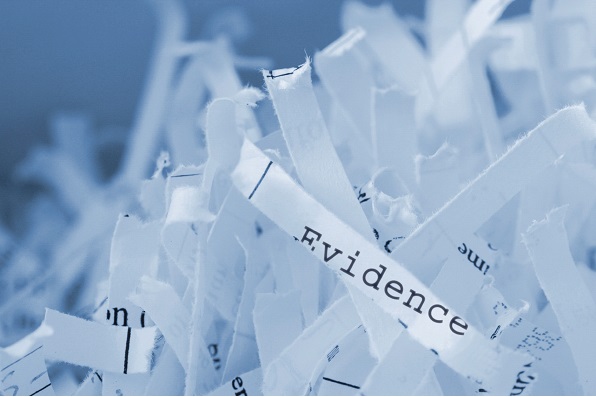
The “field work” began with a meeting behind a restaurant at midnight with an informant. Preparation for the meeting involved several investigators covertly assuring that the informant was not being followed or otherwise observed. It was a fitting start to a most unusual “site visit.”
The most effective detection method for identifying occupational fraud in a business is the tip by an employee or others. Determining what to do with the tip is difficult. In this case, the informant was an entry-level accounting clerk who had first-hand observations and knowledge of a complex conspiracy among several members of division management to defraud the company of millions of dollars.
Strict Secrecy
Because of the level of potential collusion the Board concluded that extraordinary measures must be taken to conduct the investigation. They hired a retired Federal law enforcement executive to lead the investigation with instructions to maintain strict secrecy of the fact of the investigation as well as the details and progress of the work.
Not sure of how extensive the conspiracy scheme was, there was to be no communication with any member of management or the outside auditors. In fact, all reporting on the progress and conclusions of the investigation were to be reported to the Chairman of the Board via his personal secure phone line or in-person.
The secrecy of the investigation presented several unique dilemmas (READ ENTIRE ARTICLE).
